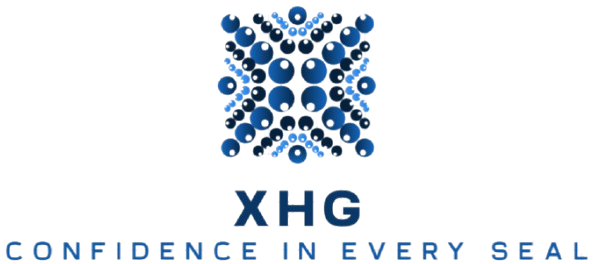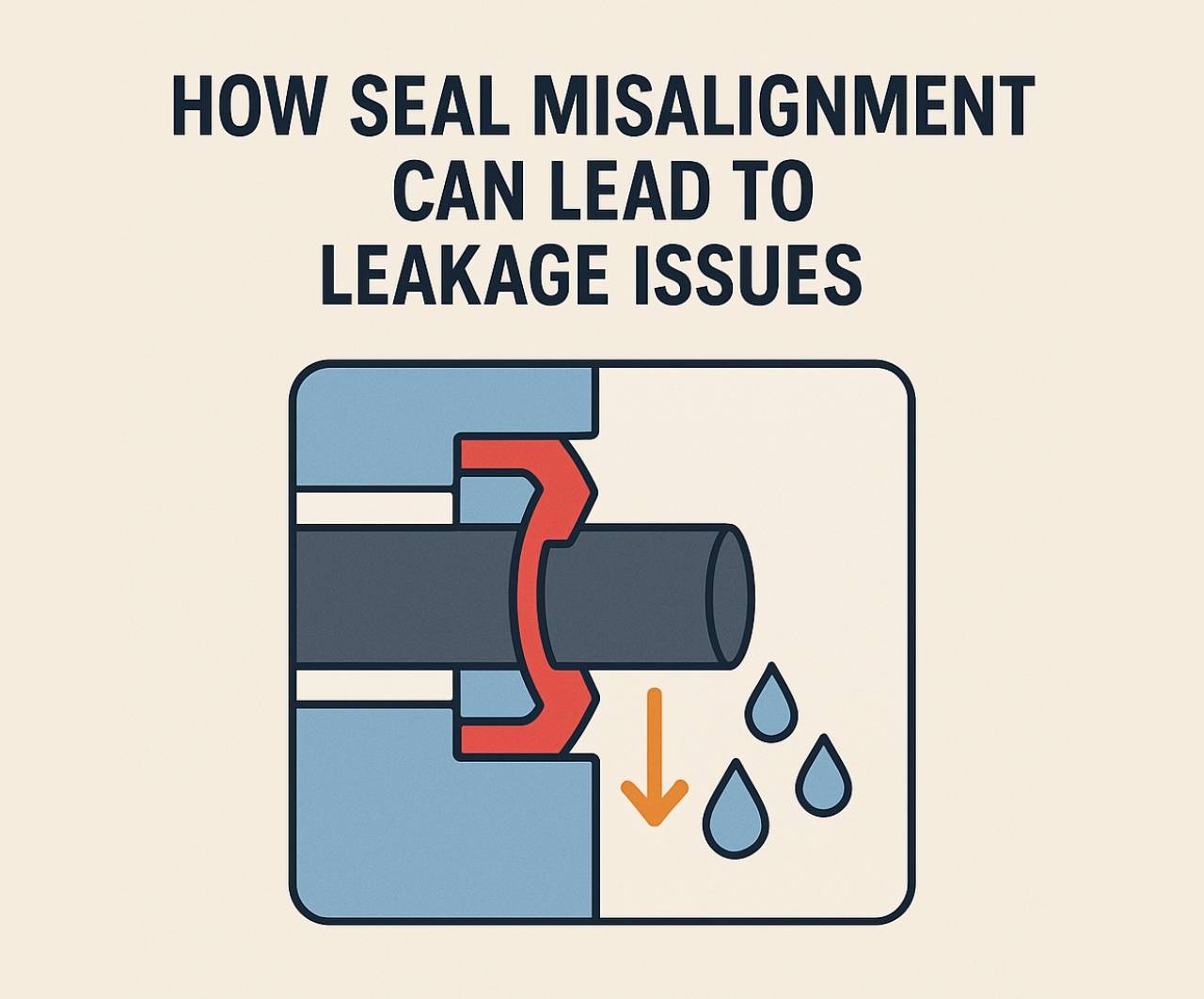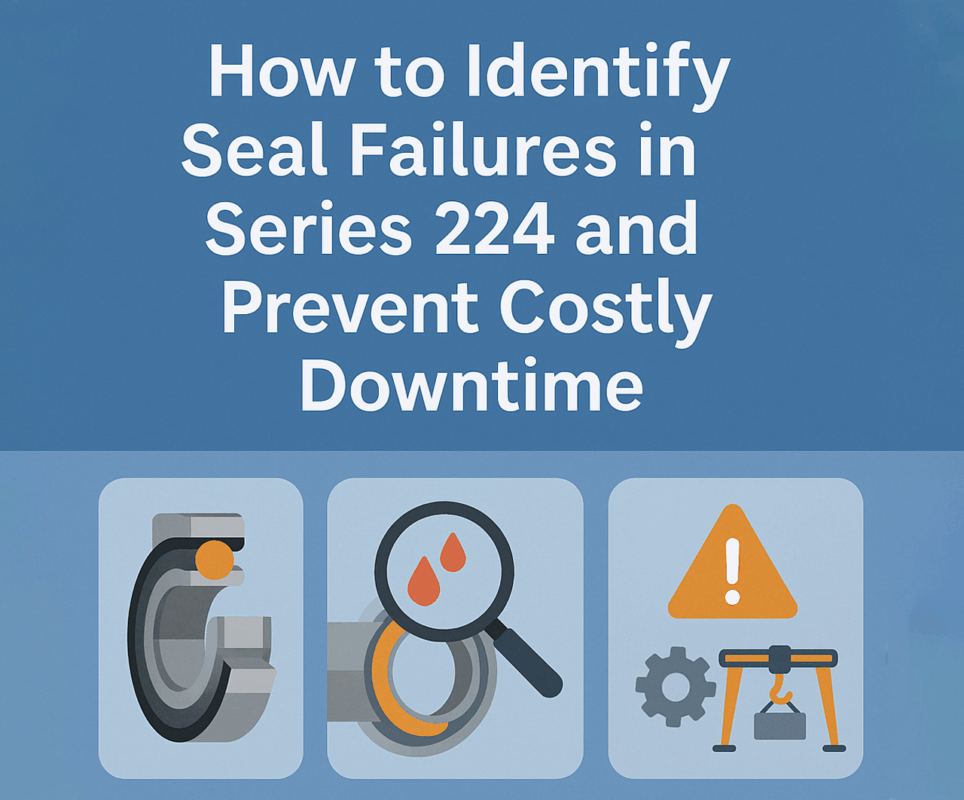In industrial processing, rotating equipment and fluid management systems depend on precision sealing to maintain operational safety and efficiency. However, even the most advanced agitator seal, balanced seal misalignment, or centrifugal seal assemblies can fall short if improperly installed or aligned. Misalignment isn’t just a minor flaw—it’s one of the leading contributors to premature seal wear, system inefficiencies, and dangerous leaks.
This article explores how misalignment affects sealing systems, why it happens, and how modern maintenance strategies and technology can prevent costly downtime and failures. Know more..
Why Seal Alignment Matters
Mechanical seals are designed to create a uniform, controlled contact between moving and stationary components. A properly installed agitator seal ensures leak-free operation in mixing vessels. A balanced seal handles high-pressure applications with reduced face loading, and a centrifugal seal prevents fluid leaks while minimizing friction in pump shafts.
When alignment is off by even a fraction of a millimeter, contact faces can wear unevenly, gaps may develop, and sealing efficiency degrades. This not only leads to leaks but also increased power consumption, component damage, and unsafe work conditions. Misalignment also accelerates shaft sleeve wear and bearing fatigue, further compromising system reliability.
How Misalignment Occurs in Sealing Systems
Several common scenarios lead to misalignment:
- Improper installation: A rushed or inaccurate assembly of an agitator seal can leave its faces uneven or improperly compressed.
- Thermal expansion: Heat-induced dimensional changes in shafts and housings can distort balanced seal alignment.
- Foundation shifting or vibration: Over time, base settling or operational vibration can nudge equipment out of spec.
- Shaft deflection: High rotational speeds in centrifugal seal setups can cause shafts to bend, throwing alignment off.
- Seal setting errors: Incorrect positioning of gland followers or seal faces during installation creates axial misalignment.
Even minor misalignments compound over time under operational stress.
Signs of Seal Misalignment
Early detection can prevent catastrophic failure. Watch for:
- Unusual temperature rises around seal faces.
- Visible uneven wear patterns on seal faces.
- Abnormal leakage rates, especially on start-up.
- Increased vibration in seal housing or pump casing.
- Shortened seal life despite optimal operating conditions.
- Frequent requirement for re-tightening of gland fasteners.
If an agitator seal or balanced seal fails prematurely, misalignment is often a hidden cause.
The Unique Risks to Different Seal Types
Agitator seals typically operate under severe axial and radial loads, making them particularly sensitive to misalignment. Incorrect installation during vessel maintenance often leads to leaks on start-up and can require extensive troubleshooting.
Balanced seals rely on precise face loading for high-pressure systems. Any misalignment can compromise the pressure balance, causing one face to bear excessive force and increasing wear while reducing sealing efficiency.
Centrifugal seals in pumps experience shaft flex, which—if unaccounted for in the alignment process—creates uneven running faces, damaging both the seal and shaft sleeve. The centrifugal force amplifies any imbalance, worsening seal integrity with each operating cycle.
Preventing Misalignment in Sealing Systems
1. Precision Installation Techniques
- Follow OEM guidelines meticulously.
- Use alignment fixtures or gauges when fitting agitator seal assemblies.
- Measure shaft runout and concentricity during pump rebuilds.
- Verify soft foot conditions on mounting bases to avoid tilting equipment.
2. Thermal Compensation Allowances
- Install thermal expansion sleeves in high-heat systems.
- Use floating balanced seal configurations when possible.
- Adjust alignment targets to account for expected operating temperatures.
3. Foundation and Vibration Checks
- Regularly inspect baseplates for settling.
- Incorporate vibration sensors to detect early misalignment issues.
- Conduct periodic laser alignment checks on centrifugal seal systems.
4. Seal Type Selection
- In systems prone to shaft deflection, opt for flexible centrifugal seal designs that tolerate minor misalignment.
- Use double cartridge agitator seals in agitators with high axial runout.
Modern Tools for Alignment Verification
Advanced technology now helps engineers maintain alignment accuracy:
- Laser shaft alignment systems: Offer digital accuracy for aligning agitator seal shafts and mixers.
- Dial indicators: Reliable for checking runout and concentricity in balanced seal systems.
- Thermal imaging: Identifies hotspots that suggest friction from misalignment.
- IoT-connected vibration sensors: Provide real-time monitoring of centrifugal seal housings.
- Automated alignment software: Tracks historical alignment records for trend analysis.
The Financial and Operational Cost of Misalignment
Unchecked misalignment leads to:
- Lost production time from frequent seal replacements.
- Increased energy consumption due to friction.
- Higher maintenance budgets.
- Environmental hazards from leaking fluids.
- Damaged bearings and shafts requiring costly overhauls.
- Regulatory fines in industries like food, chemical, or pharmaceutical processing where leaks cannot be tolerated.
For process industries relying on agitator seal, balanced seal, or centrifugal seal systems, misalignment can multiply operational expenses quickly.
New Ideas: AI-Powered Seal Health Monitoring
Emerging solutions integrate AI and predictive analytics to monitor seal performance indicators:
- Friction trends in centrifugal seal operations.
- Pressure and wear patterns in balanced seal systems.
- Leakage rates and face temperature shifts in agitator seal assemblies.
- Predictive alignment drift forecasts based on vibration and runtime data.
These insights help schedule predictive maintenance and realignment before leaks occur, minimizing production losses.
Best Practices for Maintenance and Inspections
- Include seal alignment checks in every pump rebuild.
- Document alignment readings for trend analysis.
- Train technicians in modern laser alignment and vibration analysis tools.
- Always replace worn or deformed shaft sleeves during balanced seal maintenance.
- Validate gland torque values during each seal installation.
- Inspect for parallelism between seal faces and confirm even loading.
- Schedule quarterly alignment verification audits on high-speed centrifugal seal systems.
The Role of Seal Selection in Mitigating Misalignment Risk
Proactively selecting seals designed to tolerate misalignment reduces operational risk:
- Choose cartridge-style agitator seal assemblies for faster, more accurate installation.
- Opt for balanced seal designs with self-aligning features.
- Use non-contacting centrifugal seal models for systems where shaft runout is unavoidable.
Proper seal specification is often a more effective preventive measure than reactive maintenance.
Final Thoughts
Seal misalignment is a subtle but costly risk in rotating equipment. No matter how robust an agitator seal, balanced seal, or centrifugal seal may be, improper alignment undermines performance, safety, and operational reliability.
As industries embrace predictive maintenance and smart monitoring, attention to alignment precision must rise. Investing in alignment tools, technician training, smart monitoring systems, and AI-powered seal diagnostics is the most effective way to protect seals, minimize leakage, and safeguard equipment lifespans.
In sealing systems, precision isn’t optional—it’s a profitability factor. The most successful operations will be those that combine modern alignment technologies, forward-thinking maintenance practices, and strategic seal selection to build resilient, leak-free process environments. Know more..




